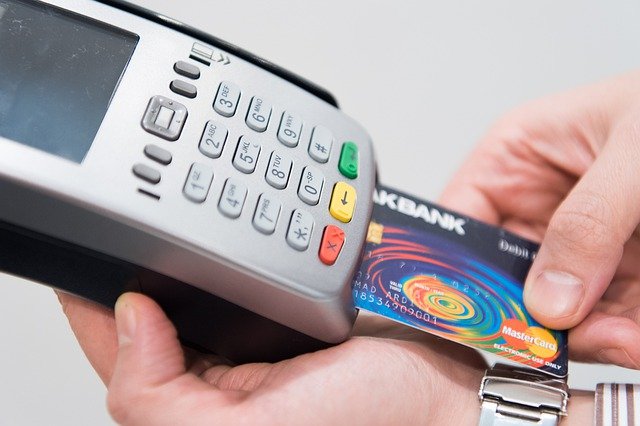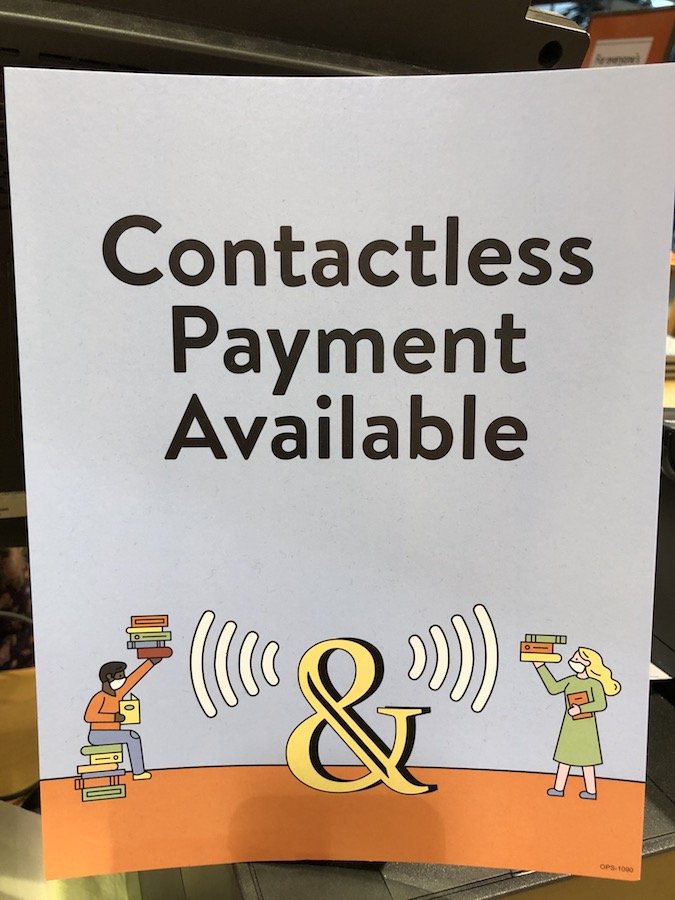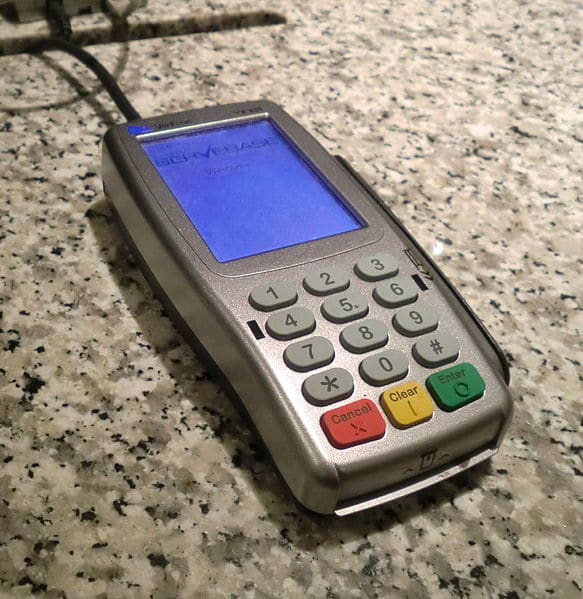What the 2020s will Bring to Retail Payments
Last Updated on March 8, 2021 by Corepay
Whether you count 2020 as the start of a new decade (it’s not), or (correctly) recognize 2021 as the start of the 3rd decade of the 21st century, The Twenties are going to be an interesting time for retailers in terms of retail payments and how they process money from their customers.
PYMNTS recently looked at “How Payments Trends Will Shape Retail In The 2020s.”
According to the article, these are a few of the data points we need to know:
- 370M: Number of new mobile users expected in Southeast Asia in the next five years.
- $341:Average worldwide cost of a smartphone today.
- 30 percent:Minimum share of consumers who report owning a voice-activated speaker.
- 25B:Minimum number of devices that will be capable of interacting with the internet by 2025.
- 5.1B: Number of people in the world who have a smartphone.
So what does all of this mean for retailers in terms of payments, payment technology, and the different policies and rules? Here are a few random thoughts, in no particular order, about what this could mean.

The growth of voice-activated speakers like Alexa, Google Home, and Siri means people are using smart speakers for more than just paying music. Amazon is also making it possible to do basic shopping from their Echo devices — “Alexa, order two pounds of coffee.” And financial institutions are creating their own voice skills to allow people to do their online banking, pay bills, and transfer funds to their friends.
More overall mobile users in the world — 5.1 billion — means a greater chance for fraud. Whether it’s chargeback fraud, identity theft, or cyber theft, retailers need to be aware that the amount and percentage of fraud will increase just because the number of overall users is increasing.
The Internet of Things will also become more important, as more and more devices can connect to the Internet. It will be more than just mobile phones, laptops, and tablets. It also means RFID tags in stores, light bulbs and electrical plugs, and even doorbell cameras and thermostats. This will push the adoption of 5G networks to handle the increase in devices, as well as greater security because of the increase in malware installed on IOT devices to snoop unprotected networks.
Cash will decline in use. There is already a push in some cities and countries to reduce or eliminate the amount of cash being used, and it will only get bigger, especially as more people choose to go cashless. When it’s just easier to tap a phone or swipe/dip a card, the need to carry cash diminishes and people will go with whatever is convenient.
More people will be able to use banks and bank alternatives. There are an inordinately high number of people in the United States and elsewhere who cannot or do not use banks. Whatever the reason, it’s much easier now for people to use services like Venmo, Cash, and PayPal to pay for goods and services. And with more people buying mobile phones, expect to see a sharp increase in the number of people wanting to use these alternative forms of payment. Merchants who fail to accept them may end up missing out on an entire new population of potential customers.
To learn more about how the growing number of mobile phone users, alternative payment methods, and these other trends will affect you as merchants — especially those who are in cash-heavy industries like CBD — please visit our website or call us at (800) 408-0095.
Photo credit: Piqsels.com (Creative Commons 0)
We appreciate you following Corepay’s blog. Let’s collaborate, send us your article suggestions, questions, and/or feedback to: [email protected].




